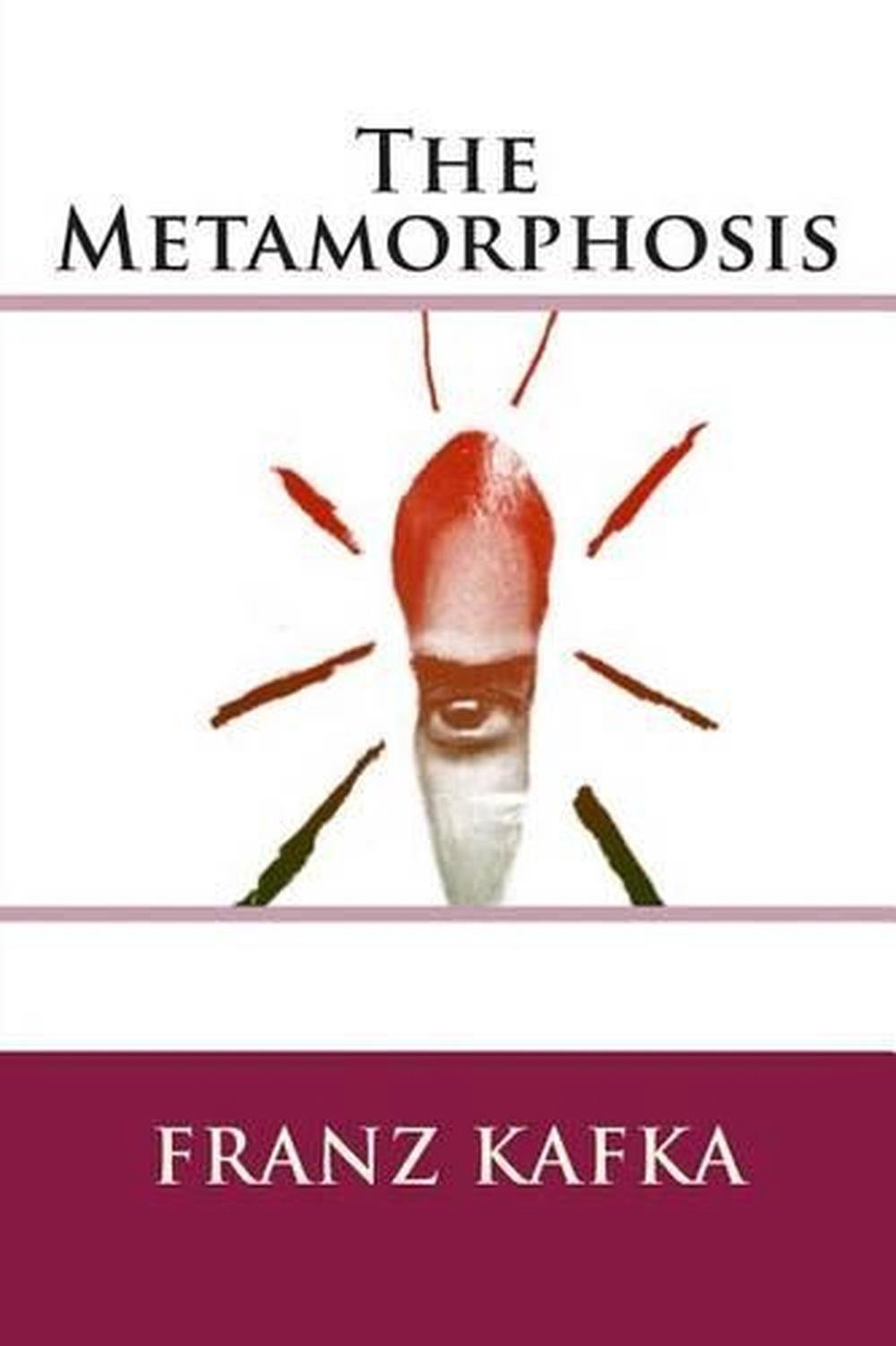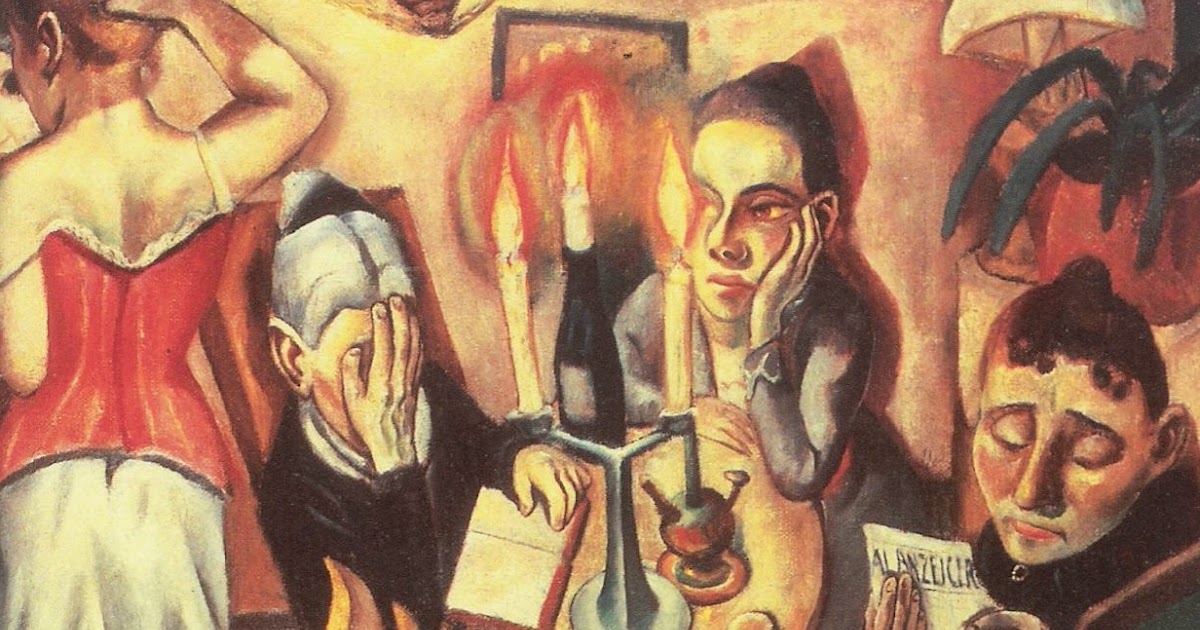
The word in German suggests primarily six-legged critters, though it otherwise resembles the English word “vermin” (which refers primarily to rodents). Ungeziefer comes from the Middle High German ungezibere, a negation of the Old High German zebar (related to the Old English ti’ber), meaning “sacrifice” or “sacrificial animal.” An ungezibere, then, is an unclean animal unfit for sacrifice, and Ungeziefer describes the class of nasty creepy-crawly things. Both the adjective ungeheuer (meaning “monstrous” or “huge”) and the noun Ungeziefer are negations- virtual nonentities-prefixed by un. The epithet ungeheueres Ungeziefer in the opening sentence poses one of the greatest challenges to the translator.


And although he and his friends used the word “bug” ( Wanze) when referring casually to the story, the language that appears in the novella itself is carefully chosen to avoid specificity. What exactly is he transformed into? In Kafka’s correspondence with his publisher, he was adamant that the “insect” ( Insekt) not be depicted on the jacket of the book. He has worked himself to the point of utter exhaustion to pay off his parents’ debts, and his grotesque metamorphosis is the physical manifestation of his abasement. The story’s protagonist, Gregor Samsa, is the quintessential Kafka anti-hero.

It came out in October 1915, and then appeared in December 1915 (though dated 1916) as a slender volume published by Kurt Wolff Verlag in Leipzig. In the spring of 1915, René Schickele took over as editor-in-chief of Die weissen Blätter, and with Max Brod’s help, Kafka placed the story there. But months passed before Kafka had a clean manuscript ready for submission, and then World War I intervened, causing further delays (Musil was called up to serve, and because of the war Blei decided to stop printing literary texts). Franz Blei, the literary editor of the new avant-garde journal Die weissen Blätter, expressed interest, and Robert Musil wrote as well, soliciting the novella for the more established Die neue Rundschau.

People started talking about it, and Kafka received a query from publisher Kurt Wolff in March 1913 on the recommendation of Kafka’s friend Franz Werfel. As we know from Max Brod’s diary, Kafka read the first section of his “bug piece” ( Wanzensache) aloud to friends on November 24, 1912, and again on December 15.


 0 kommentar(er)
0 kommentar(er)
